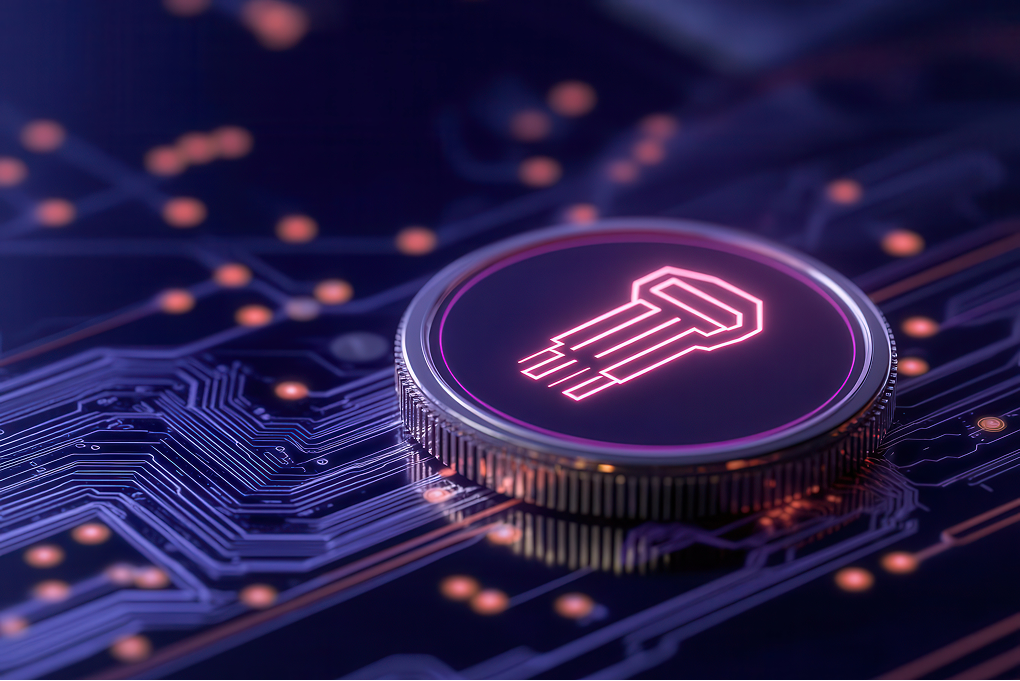The European Commission is preparing proposals for the creation of the Savings and Investment Union (SIU), including elements of tokenisation of financial instruments, said Commission Advisor Peter Kerstens in an interview with The Block at the FintechOn Summit in Taipei.
According to him, there is no need for “MiCA 2.0” yet. Instead, regulators should focus on studying the tokenisation of real assets (RWA) – the use of blockchain in the stock, debt and derivatives markets.
“In building the Saving and Investment Union, we also want to exploit or make use of distributed ledger technology as far as we can,” said Kerstens.
“I do think that what we should focus on, rather than trying to correct or improve MiCA, I think we should focus on something much bigger, much more important, which is the tokenization of financial instruments, also called real-world assets. So the use of blockchain technology in equity markets, debt markets, and derivatives markets,” said Kerstens.

Kerstens, who is often called the “father of MiCA”, reminded that together with MiCA in 2020, a pilot DLT program was developed for experiments with blockchain in the securities markets. It came into force in March 2023 and provides a legal basis for trading and settlements on crypto assets that qualify as financial instruments.
According to Kerstens, the interest of traditional financial players in blockchain has increased significantly over the past five years. “Five years ago, you would have great difficulty finding a bank wanting to entertain the idea of dealing with assets on a public blockchain. Now they’re ready for that. But the regulatory framework around it isn’t adapted to that,” he added.
As part of the study of RWA tokenisation, the commission plans to modernise the DLT Pilot Regime to make it more practical. Kerstens is sure that financial markets will eventually be largely tokenised.
“We have big capital markets, but they are fragmented,” he added. “We have 27 small capital markets, but we want one big capital market. In order to do that, we want to make use of what we call the latest generation of technologies because we think that blockchain is a strong integrating power to overcome national barriers.”
“Tokenisation, or the representation of financial instruments in digital form on distributed ledgers, is one such technology with the potential to bring significant efficiency gains,” Cazenave said. “This is not just a technological evolution. It could lead to a transformational change of our markets.”
FAQ
Tokenization converts traditional assets like stocks, bonds, or derivatives into digital tokens on a blockchain, enabling faster and more efficient trading and settlement.
A regulatory framework allowing experimentation with blockchain in financial markets, legally supporting trading of crypto assets that qualify as financial instruments.
Assets such as stocks, bonds, or derivatives that exist outside the blockchain but can be represented digitally for trading.
Kerstens believes current focus should be on tokenisation and distributed ledger technologies rather than adjusting the existing MiCA framework.
To modernise and integrate EU capital markets using blockchain and distributed ledger technology, replacing fragmented national systems.
It can overcome national barriers, improve efficiency, and potentially transform traditional trading practices.




